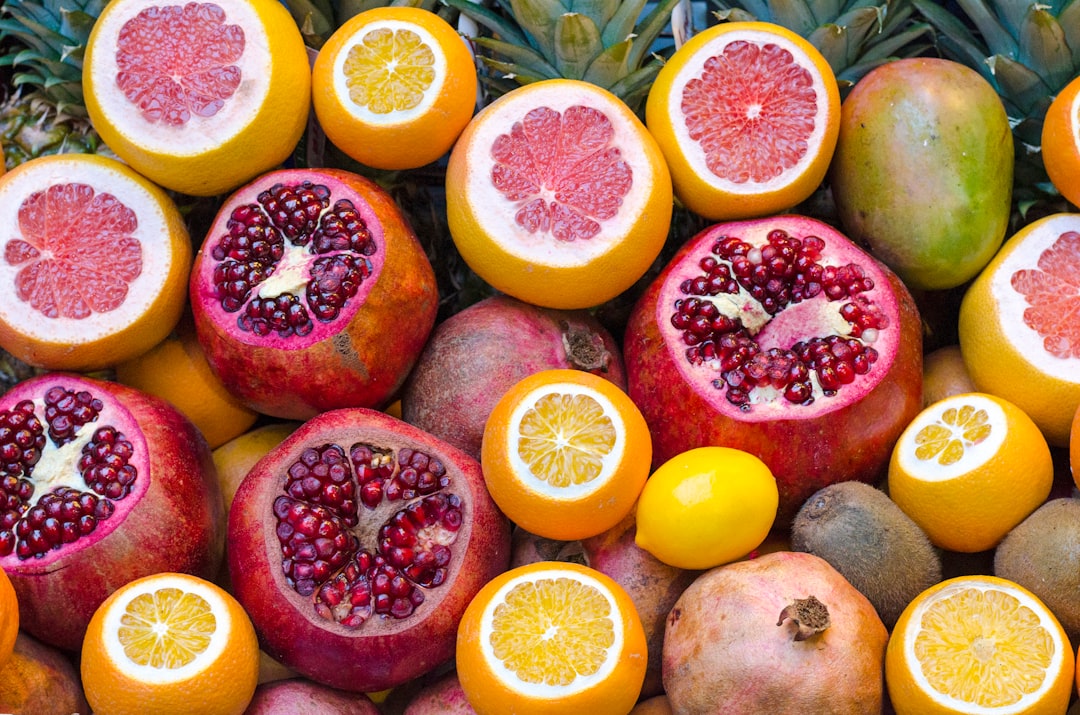There’s something deeply rewarding about growing your own food in an urban garden—watching tomatoes ripen on the vine, harvesting fragrant basil, or pulling up crisp, homegrown carrots. But what happens when your small city garden produces more than you can eat? Sharing your harvest with neighbors and your community is a beautiful way to spread the joy of fresh, local food while strengthening social connections.
Whether you’re growing food on a balcony, in a community plot, or through a small-scale urban farm, here are some creative ways to share your surplus and make a positive impact on your neighborhood.
Why Share Your Harvest? 🤝🌿
1. Reduces Food Waste – If you have extra produce that you can’t use, sharing ensures it doesn’t go to waste.
2. Strengthens Community Bonds – Offering fresh food to neighbors builds friendships and goodwill.
3. Supports Those in Need – Many people struggle with food insecurity—your extra veggies can make a real difference.
4. Encourages Urban Gardening – Sharing can inspire others to start their own balcony, rooftop, or backyard garden.
5. Promotes Sustainability – Local food sharing reduces reliance on grocery stores, lowers carbon footprints, and supports a resilient local food system.
Ways to Share Your Urban Garden Harvest 🌎🍅
1. Offer Produce to Neighbors 🏘️
One of the simplest ways to share your garden’s abundance is by offering fresh produce directly to your neighbors.
✔️ Leave a basket of veggies in a common area with a “Help Yourself” sign.
✔️ Knock on a neighbor’s door and share some homegrown lettuce, peppers, or herbs.
✔️ Set up a small produce swap table in your building lobby or on the sidewalk.
Bonus: If your neighbors also grow food, you can trade! Your extra tomatoes for their cucumbers? A perfect exchange.
2. Start a Neighborhood Produce Swap 🍋🥕
If several people in your community grow food, organizing a produce swap can be a fun way to exchange homegrown goods.
✅ Choose a location (a park, someone’s yard, or a community space).
✅ Set a regular schedule (e.g., every Saturday morning).
✅ Encourage participants to bring extra produce, seeds, or even homemade preserves.
This creates a zero-cost food-sharing network, allowing people to enjoy a variety of fresh produce while reducing waste.
3. Donate to a Local Food Pantry or Shelter 🥗🏠
Many food banks, shelters, and community kitchens accept fresh produce donations to support families in need.
💡 Before donating, call ahead to check their policies and what types of food they accept. Some organizations prefer hardy produce like carrots, potatoes, or apples over fragile greens.
Places to consider:
✔️ Food banks & soup kitchens
✔️ Religious organizations
✔️ Mutual aid groups
✔️ Homeless shelters
Donating food from your garden can help fight hunger while providing nutritious, organic options for those who need them most.
4. Share with a Community Fridge 🧊🥬
Community fridges are public refrigerators where anyone can leave or take food for free—perfect for sharing fresh produce!
How to find one:
📍 Look for a local community fridge project in your city.
📢 If your neighborhood doesn’t have one, consider starting a fridge with local support!
Fresh veggies from your garden can add variety and nutrition to these food-sharing spaces.
5. Host a Harvest Party or Potluck 🎉🍽️
Why not turn your surplus into a community celebration?
✔️ Invite neighbors over for a meal made from your harvest.
✔️ Have a “bring your own garden dish” potluck.
✔️ Share recipes that highlight fresh, seasonal ingredients.
Not only does this encourage social connections, but it also inspires others to eat locally and grow their own food.
6. Preserve & Share Homemade Goods 🍓🥫
If you have too many tomatoes, cucumbers, or herbs, try preserving them!
🌱 Ideas for garden-to-kitchen sharing:
🥒 Make and share pickles from cucumbers.
🍅 Can and gift homemade tomato sauce.
🌿 Dry and package homegrown herbs in small jars.
🍯 Infuse honey or vinegar with fresh herbs for unique gifts.
Preserved foods are great for holiday gifts, neighborhood swaps, or community markets.
7. Offer Free Gardening Workshops or Starter Plants 🌱🎓
If you’ve mastered urban gardening, share your knowledge with others!
✅ Offer free gardening tips to neighbors who want to start their own gardens.
✅ Give away extra seedlings or cuttings to encourage new growers.
✅ Host a “garden skills” workshop in a park or community space.
A little guidance can help more people grow their own food and contribute to the local food system.
8. Partner with Schools or Youth Programs 🎒🌻
Teaching kids about gardening and fresh food can inspire the next generation of urban growers.
✔️ Donate extra produce to school lunch programs.
✔️ Offer to help start a school or daycare garden.
✔️ Organize a "kids gardening day" where they can learn to plant and harvest.
Connecting with schools is a great way to spread urban gardening knowledge and enthusiasm.
Tips for Sharing Your Urban Harvest Safely & Effectively 🌻✅
✔️ Harvest at peak freshness – Share produce when it’s fresh and flavorful.
✔️ Wash produce before sharing – Not everyone will rinse before eating!
✔️ Label everything clearly – If you’re leaving food in a shared space, label it with the date and type.
✔️ Respect community guidelines – Always check local laws on food sharing.
✔️ Encourage pay-it-forward sharing – Inspire others to keep the cycle going!
Final Thoughts: Growing Community Through Gardening 🌱💚
Urban gardening isn’t just about what you grow—it’s about how you share it. By giving fresh, homegrown produce to your neighbors, food pantries, or local organizations, you help reduce food waste, improve access to healthy food, and strengthen community connections.
🌻 How do you share your urban garden harvest? Have you swapped produce, donated to a food bank, or hosted a harvest meal? Share your experiences in the comments below! 👇💬

Comments
No comments yet. Be the first to comment!
You must be logged in to comment. Login